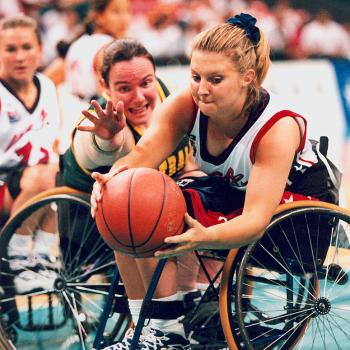At JAMA Neurology, “The Best Bad News” a physician tells the story of his quest for a diagnosis. This comment from the beginning of his search for treatment was jarringly true to life:
By my appointment, I had some minimal dysarthria—barely enough to register over my lifelong fast speech and mumbling. I’m not sure the neurologist would have ordered imaging if I wasn’t a physician. . . . The magnetic resonance imaging was normal.
This is the point where ordinary patients get told that maybe their symptoms are within the range of normal (despite the absolute certainty they are not), maybe you’re just getting older, maybe you should see about stress-reduction and mindfulness techniques.
Sometime before this point, for many Americans the bills already threatened to get cost-prohibitive (despite your insurance plan), and for many patients in nationalized health care systems the referral is either denied or involves an insane waiting list. There are fantastic success stories in both kinds of systems, but each have their own way of also pushing certain patients off the cliff.
As the author details the long and frustrating dead ends he kept facing as he attempted to figure out the cause of his disabling neurological symptoms, he writes, emphasis mine:
I reached out through my professional network and was connected with a neurologist with expertise in difficult-to-diagnose disorders who graciously advised my workup. Being a physician-patient can be tough—balancing when to reach out outside standard channels, how much I can or should dictate my care or pass along recommendations, deciding when to tell those caring for me that I am a physician. Too early risks coming off as entitled, but waiting too long feels like a trap.
Countless tests came back normal: magnetic resonance imaging of my brain and spine, genetic tests for hereditary spastic paraplegia and ataxia disorders, whole-exome sequencing, blood and urine panels too numerous to count. An electromyography and nerve conduction study showed borderline diffuse chronic neurogenic changes that could be seen in a central nervous system disorder. Eventually some clue emerged: mild cerebrospinal fluid pleocytosis and oligoclonal bands. This might be a paraneoplastic syndrome, but imaging and paraneoplastic panels were normal. A mediastinal lymph node lit up on a positron emission scan; interventional radiology or pulmonology might be able to biopsy it. I cannot fathom how normal people navigate this.
The answer is: They don’t.

Photo: Visitors walking through a hedge maze, via Wikimedia CC 1.0.















